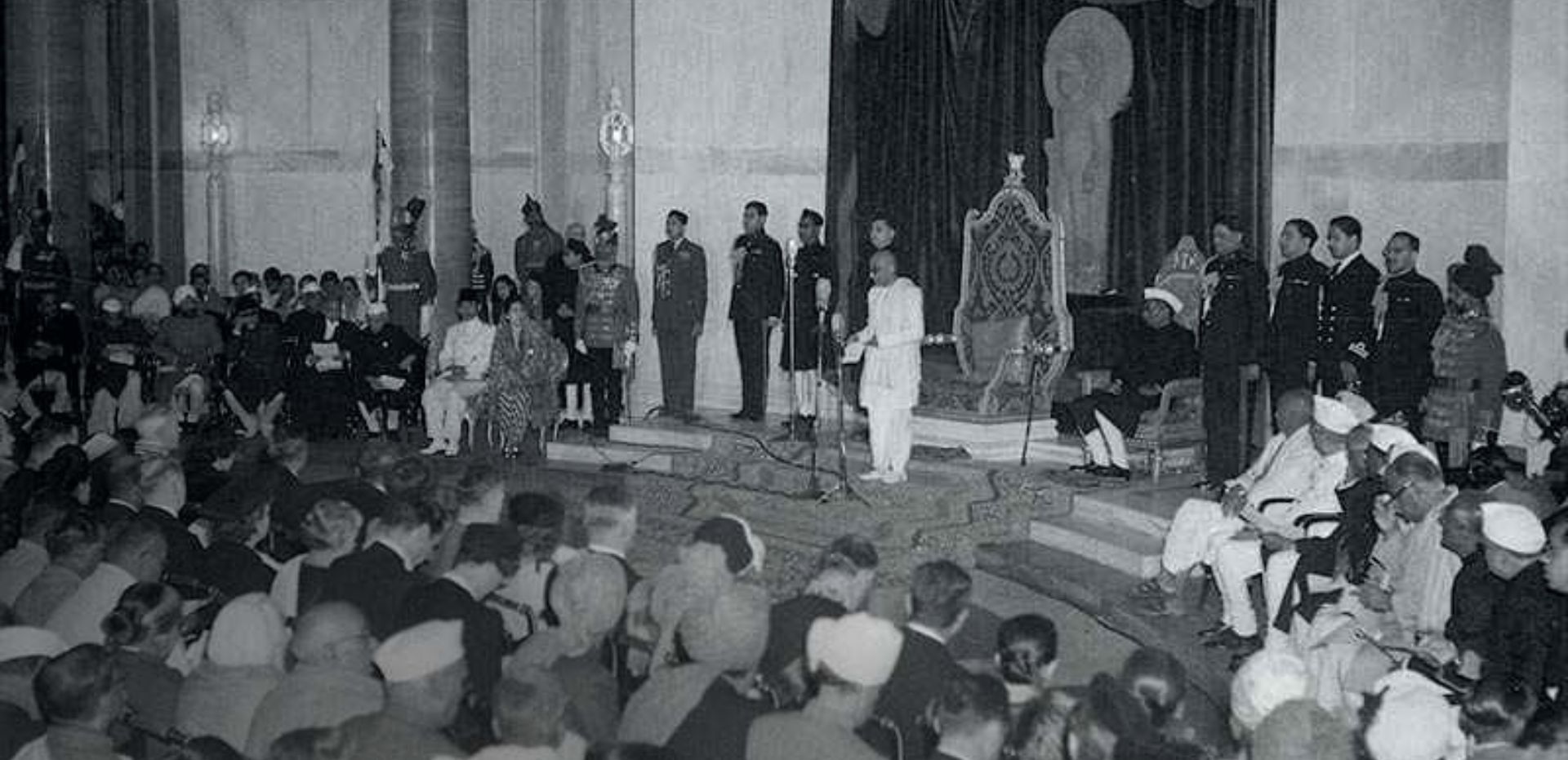Gandhi’s Start at Ahmedabad
BOOKMARK
The Sabarmati Ashram still echoes with the spirit of Mahatma Gandhi. No matter how many times you go there, you will be touched by the ideas of the man who matched kindness with wisdom and had an astute understanding of the common Indian. But few who walk into the Sabarmati Ashram realise just how important the city of Ahmedabad was in sowing the seeds of the people’s movement that Mahatma Gandhi led. It is in his years in Ahmedabad between 1915 and 1930 that he managed to experiment and then transform India’s Freedom Struggle from a small scale, upper class initiative to a mass movement.
To get a sense of how he laid the groundwork of this transformation, you have to head to a little known bungalow in an area called Kochrab just opposite the crowded walled city of Ahmedabad. Within four months of his landing in India from South Africa in 1915, Gandhi set up a ‘Satyagraha Ashram’ here. This was his first base.
Ahmedabad had been a powerful centre for trade and industry since its establishment by Ahmed Shah, the Sultan of Gujarat in 1411. Commerce runs deep here and it has also shaped the city’s psyche. Powerful tradesmen, often referred to as Nagarsheths or Mahajans controlled the fortunes of the city and continued to do so, even after the British took control in the early 19th century. By the early 20th century Ahmedabad also emerged as an important textile centre. Many a fortune was made as old Mahajans became new mill owners and industrialists. Chhotalals, Sarabhais, Hutheesings and Lalbhais...the list is long. These industrialists were quick to support Gandhi when he decided to set base here.
But Gandhi was counting on more than just rich industrialists. He was also counting on the city’s burgeoning middle class, thanks to the jobs created by the mills. Renowned Historian Makrand Mehta who has written over 17 books on the history of Gujarat and its merchants says this was one of the reasons why Gandhi chose Ahmedabad. He could have gone to any city. “ When Gandhi came back from South Africa he had the option of many cities like Bombay, Calcuta, Lucknow, Lahore, Pune. He selected Ahmedabad because of its strong legacy as a great industrial and commercial centre before the British. Another factor was the fact that Ahmedabad’s people believe not only in change but continuing change. It was city based on peaceful evolution and not bloody revolution” This Dr Mehta says sat well with Gandhi’s idea of ‘Satyagraha’ which was focused on non-violent protest. “He knew that when he would start his peaceful political protests against the British he would get support from the Ahmedabadi people.”
By the time Gandhi set base here, Ahmedabad had a strong labour force, rich industrialists and a legacy of always having been managed by locals. The fact that he was a Gujarati also helped. In his autobiography ‘The Story of My Experiments with Truth’; Gandhi states that he had a natural predilection for Ahmedabad being a Gujarati himself. He also felt that it would be a great base for him to start his campaigns. He writes “Ahmedabad was an ancient centre of handloom weaving, it was likely to be the most favourable field for the revival of the cottage industry of hand-spinning. Ther ...















